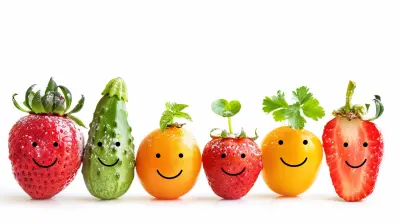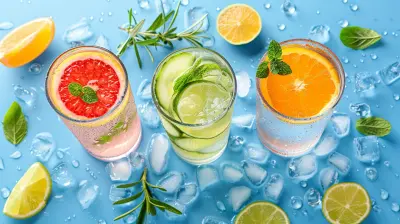Hydrate Like a Pro: Best Practices for Athletes
19 August 2025
Let’s cut to the chase—hydration isn’t just about drinking water when you’re thirsty. If you’re an athlete, casual gym-goer, or weekend warrior, the way you hydrate can make or break your performance. Think of your body like a high-performance car. Would you ever run a Ferrari on half a tank during a race? Didn’t think so.
Hydration is fuel. Not just any fuel—the premium stuff that keeps your muscles firing, your brain sharp, and your recovery smooth. Whether you're training for a marathon, playing in a soccer league, or just trying to crush your personal best on leg day, prioritizing smart hydration practices can take your game to the next level.
So, let’s get into it. Grab your water bottle and settle in—here’s everything you need to know to hydrate like a pro.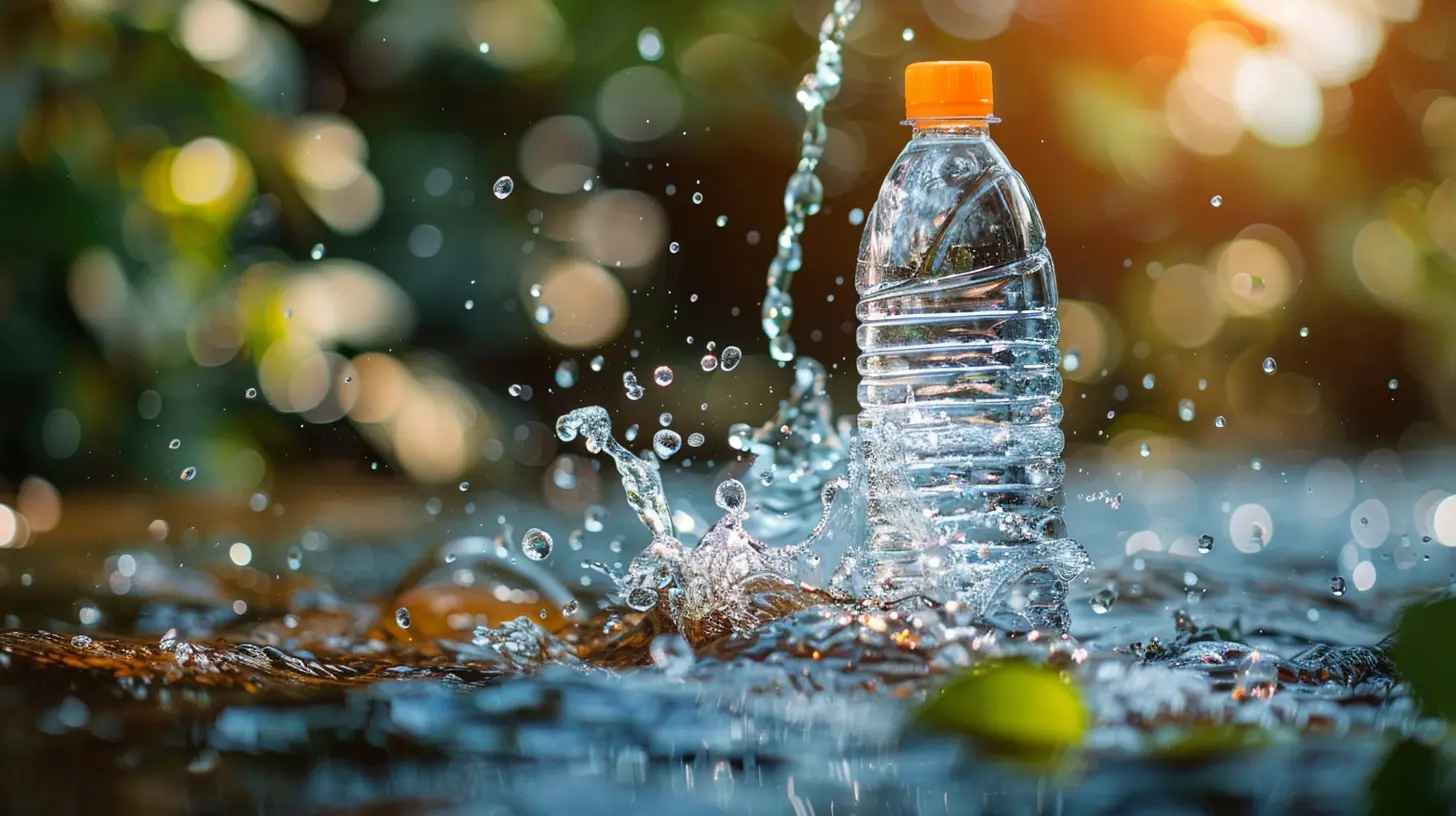
The Basics: Why Hydration Matters for Athletes
Water is life. Literally. Our bodies are made up of about 60% water, and athletes tend to lose a lot of it through sweat. When you're dehydrated—even by as little as 2% of your body weight—it can impair physical performance, decrease endurance, zap your focus, and increase the risk of cramps or heat exhaustion. Not cool.Proper hydration helps with:
- Regulating body temperature
- Transporting nutrients
- Lubricating joints
- Preventing cramps
- Speeding up recovery
Bottom line: if you're not hydrating properly, you're leaving performance on the table.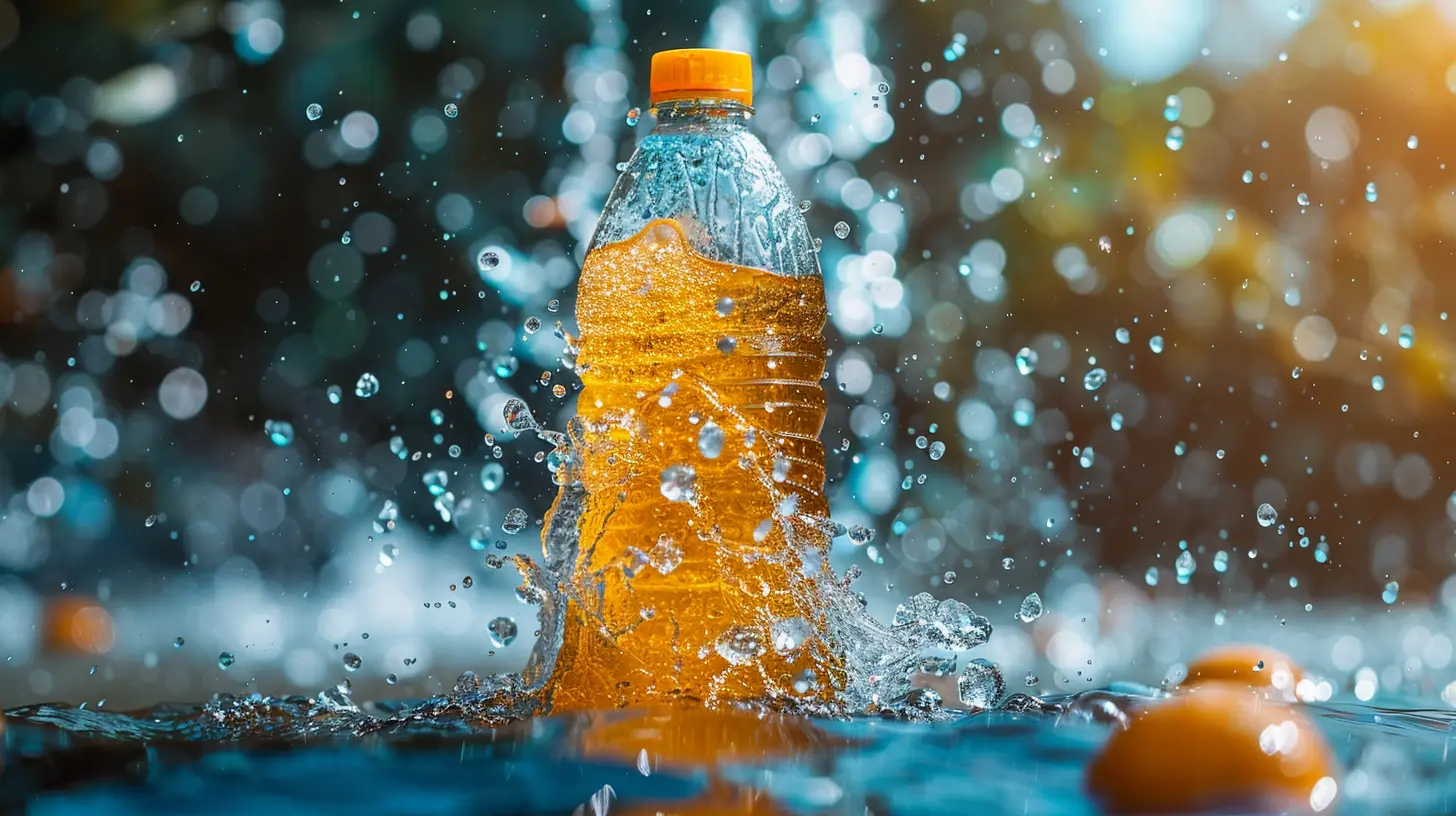
Signs You’re Not Hydrating Enough
How do you know if you’re underhydrated? Here's the tricky part—it’s not always obvious.Sure, thirst is a signal, but by the time you feel it, your body’s already playing catch-up. Look out for these subtle red flags:
- Dry mouth or sticky saliva
- Dark yellow urine (think apple juice—yep, we’re going there)
- Fatigue or brain fog
- Muscle cramps
- Dizziness or lightheadedness
- Slower recovery times
If this sounds familiar, consider it your hydration wake-up call.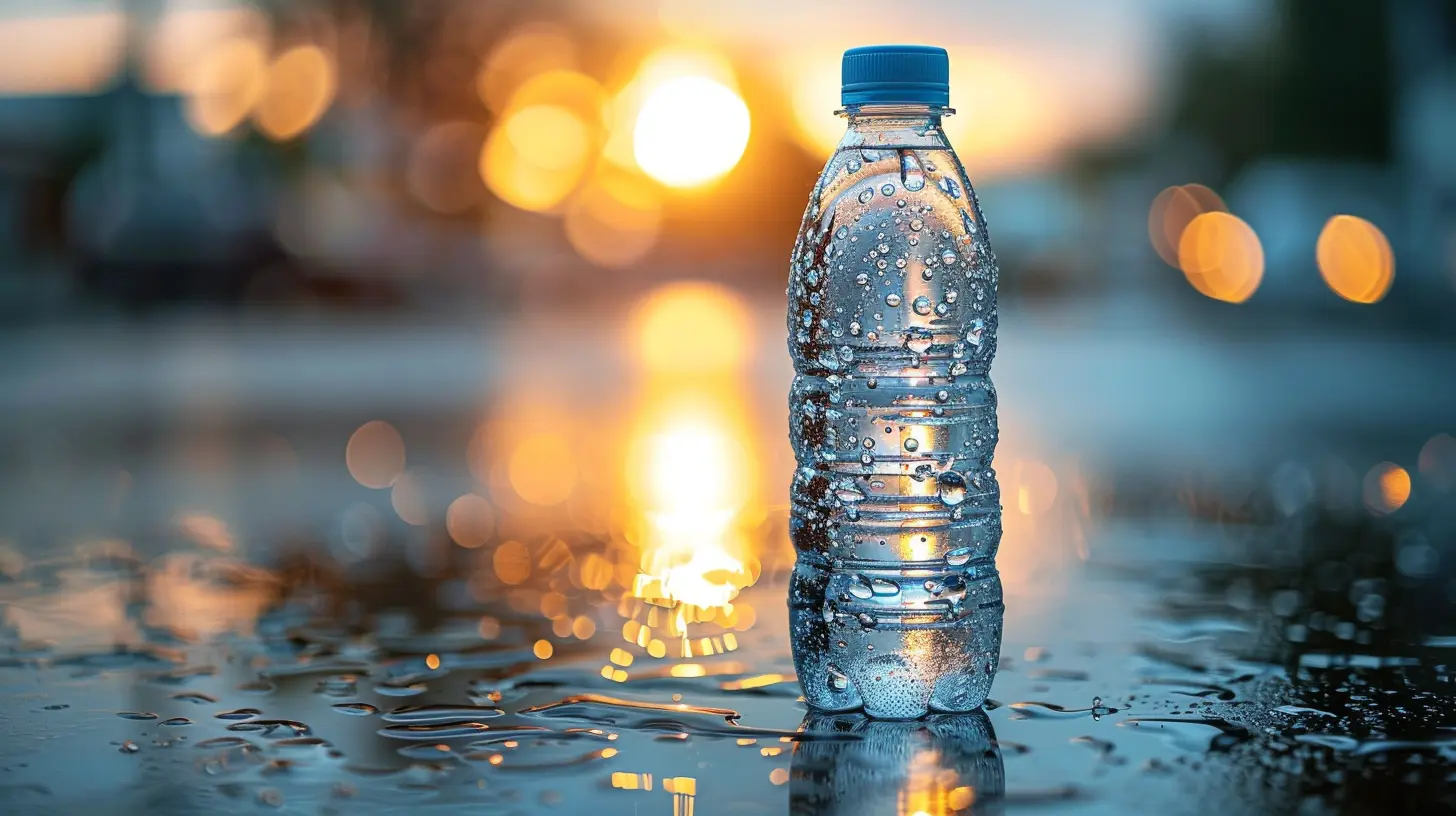
How Much Should Athletes Really Drink?
There’s no one-size-fits-all answer here, but here’s a general rule of thumb: Drink half your body weight in ounces of water per day. So, if you weigh 160 pounds, aim for around 80 ounces (about 2.4 liters). But wait—it doesn’t stop there.If you're sweating buckets during an intense workout or training outdoors in the heat, you're going to need more than that baseline. Athletes should:
- Drink 16–20 ounces (about 500–600 mL) 2–3 hours before a workout
- Add 8–10 ounces every 15–20 minutes during activity
- Replace fluids lost after exercise—aim for 20–24 ounces for every pound lost due to sweating
Pro tip: Weigh yourself before and after your session to see how much fluid you’ve lost. It’s not vanity—it’s science.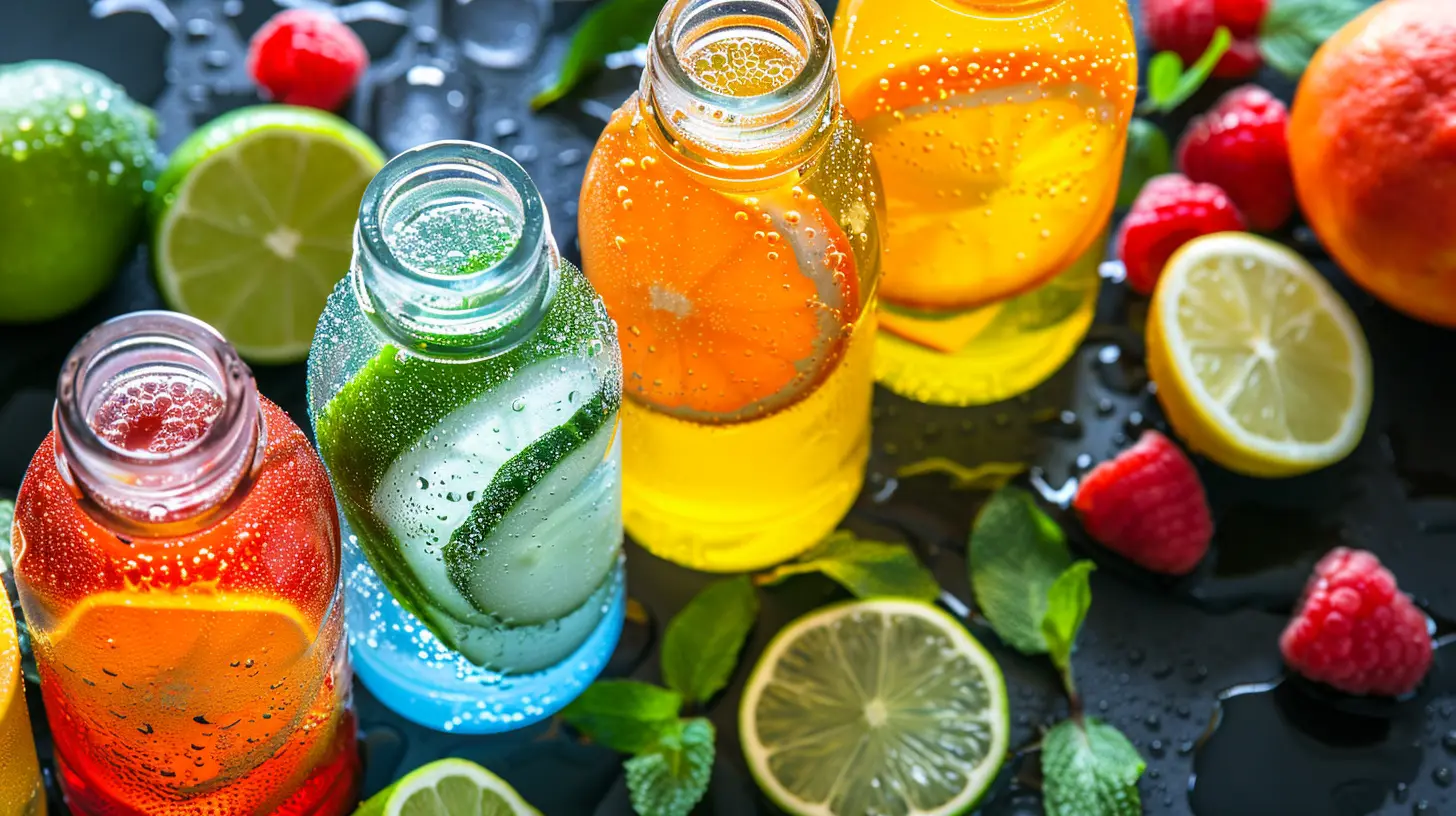
Electrolytes: The Secret Sauce of Smart Hydration
Water is vital, but it’s not the whole story. When you sweat, you're not just losing H2O; you're losing electrolytes—salts like sodium, potassium, magnesium, and calcium. These guys keep your muscles contracting, your nerves firing, and your hydration levels balanced.Plain water can dilute these electrolytes, especially if you're pounding bottle after bottle post-run, which may lead to hyponatremia (a fancy term for dangerously low sodium levels).
That’s why sports drinks, electrolyte tablets, or natural sources like coconut water and bananas can be a game-changer. Just watch your sugar intake—some drinks sneak in more sugar than a can of soda.
Pre-Workout Hydration: Setting the Foundation
Here’s the deal: Hydration starts long before you lace up your sneakers.You wouldn’t show up to a game without stretching, right? Same rule applies to hydration. Pre-workout hydration ensures your body is ready to handle the heat—literally.
Best practices:
- Start the day with a glass of water, especially if you work out in the morning.
- Sip 16–20 ounces about two hours before your session.
- Knock back another small glass 15–30 minutes before you start moving.
Optional: Add a pinch of sea salt and a squeeze of lemon for natural electrolytes and a hydration boost.
During Exercise: Staying Ahead of Thirst
When you’re in the zone, it’s easy to forget to drink. But once you hit that wall, it’s usually too late.Thirst is like a car’s check engine light—important but late to the party. That’s why you need to hydrate proactively.
Tips for staying hydrated during activity:
- Use a sports bottle with time markers to remind you to sip regularly.
- For sessions under an hour, water is usually enough.
- For anything longer or intense (think CrossFit, HIIT, long-distance running), add electrolytes.
- Don’t wait until the break—take small sips every 15–20 minutes.
Listen to your body, but don’t give it a chance to scream.
Post-Workout Hydration: Recovery Starts Here
You crushed your workout. Nice job! But you're not done yet.Now it’s time to replenish and repair. Recovery hydration is about more than guzzling a glass of water—it’s about restoring balance.
Steps for ideal post-workout hydration:
1. Weigh yourself before and after the session.
2. For every pound lost, drink 20–24 ounces of fluid.
3. Choose drinks with electrolytes if you had a heavy sweat session.
4. Eat a balanced meal with hydrating foods (think watermelon, spinach, cucumbers).
5. Continue sipping water throughout the day.
Recovery doesn’t happen in the gym—it happens in the hours after. Hydration is a major player in that process.
Best Hydration Drinks for Athletes
Not all drinks are created equal. Let’s break these down:💧 Water
The king of hydration. It’s calorie-free, easy to find, and keeps your engine running smoothly. Perfect for daily maintenance and light workouts.🥥 Coconut Water
Nature’s sports drink. It’s full of electrolytes—especially potassium—and has fewer sugars than store-bought options.🧃 Sports Drinks (like Gatorade, Powerade)
Effective during long or intense workouts, especially in the heat, but watch for added sugars and dyes.🧂 Homemade Electrolyte Drinks
Mix water, sea salt, lemon juice, and a bit of honey. Cheap, easy, and clean.🍵 Herbal Teas
Hydrating and soothing—peppermint or chamomile teas can help with muscle recovery, and they count toward your fluid intake.🧊 Infused Water
Throw in berries, mint, cucumber, or citrus for flavor without the sugar crash.Avoid: Sugary sodas, energy drinks, and too much caffeine—they dehydrate more than they hydrate.
Hydration Myths—Busted
Let’s clear up a few things, shall we?Myth 1: If You’re Not Thirsty, You’re Fine
False. Thirst is a delayed signal. Stay ahead of it.Myth 2: You Can Drink Too Much Water
True. It's rare, but overhydration can lead to diluted sodium levels (hyponatremia). Balance is key.Myth 3: Coffee and Tea Don’t Count
False. Yes, they’re diuretics, but mild ones. They still contribute to hydration.Myth 4: Clear Pee = Perfect Hydration
Not always. It could mean you’re overdoing it. Aim for pale yellow.Hydrating in Different Climates & Seasons
Your hydration needs shift with the weather. Let’s break it down:🥵 Hot & Humid
You’ll lose more water through sweat. Increase your electrolyte intake and weigh yourself pre/post-workout.❄️ Cold Weather
You may not feel thirsty, but your body still loses fluids through respiration and sweat. Keep drinking regularly.🏞️ High Altitude
The air is drier and you breathe faster, both of which dehydrate you quickly. Up your intake even if you’re not sweating profusely.Smart Tools for Smarter Hydration
We live in the digital age—why not use tech to stay hydrated?- Hydration reminder apps: Plant Nanny, WaterMinder, MyFitnessPal
- Smart bottles: HidrateSpark or Thermos Smart Lid track fluid intake and sync with your phone
- Wearables: Some fitness trackers estimate your sweat loss during exercise
If you're forgetful or always on-the-go, let tech keep you in check.
The Role of Diet in Hydration
Food counts too, people!About 20% of our daily water comes from what we eat. So, if you're slacking on your fluids, add more water-rich foods to your plate:
- Watermelon
- Strawberries
- Oranges
- Cucumbers
- Celery
- Yogurt
- Soups
Stay juicy—literally.
Wrapping It Up: Hydration Is a Habit, Not a Hack
Hydrating like a pro isn’t about chugging water right before a match or downing a sports drink mid-run. It’s about consistent, smart, and personalized habits that support your training, boost your recovery, and keep your body functioning at its best.So start today. Build your personal hydration game plan, listen to your body, and make those sips count. Your performance—and your future self—will thank you for it.
Cheers to staying quenched and crushing it like a true pro.
all images in this post were generated using AI tools
Category:
HydrationAuthor:

Laura Hudson
Discussion
rate this article
1 comments
Candice Navarro
Great article! Staying hydrated is vital for optimal performance. Your tips on hydration strategies are practical and easy to follow. It's inspiring to see athletes prioritize their health, and this guide will surely help many improve their game. Cheers to better hydration!
September 4, 2025 at 2:27 PM

Laura Hudson
Thank you! I'm glad you found the tips helpful. Cheers to staying hydrated and performing at your best!

